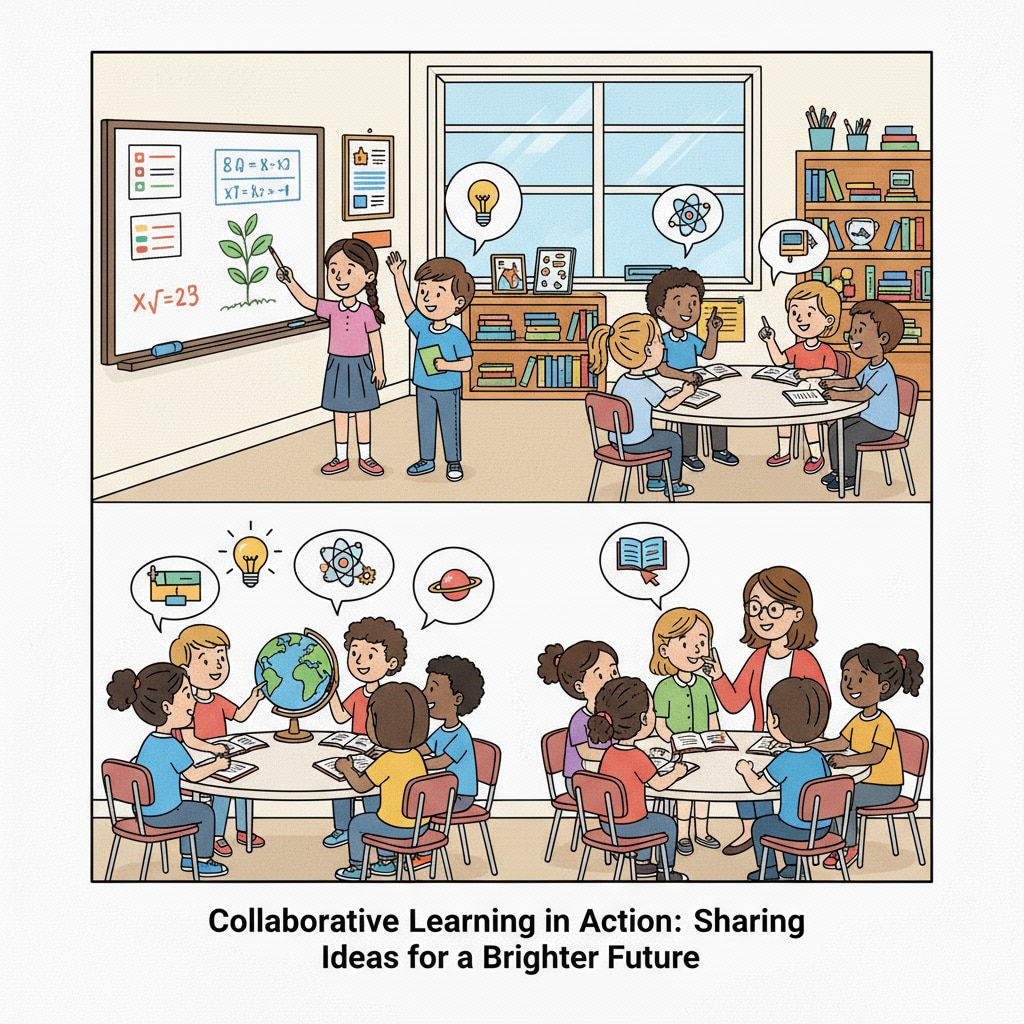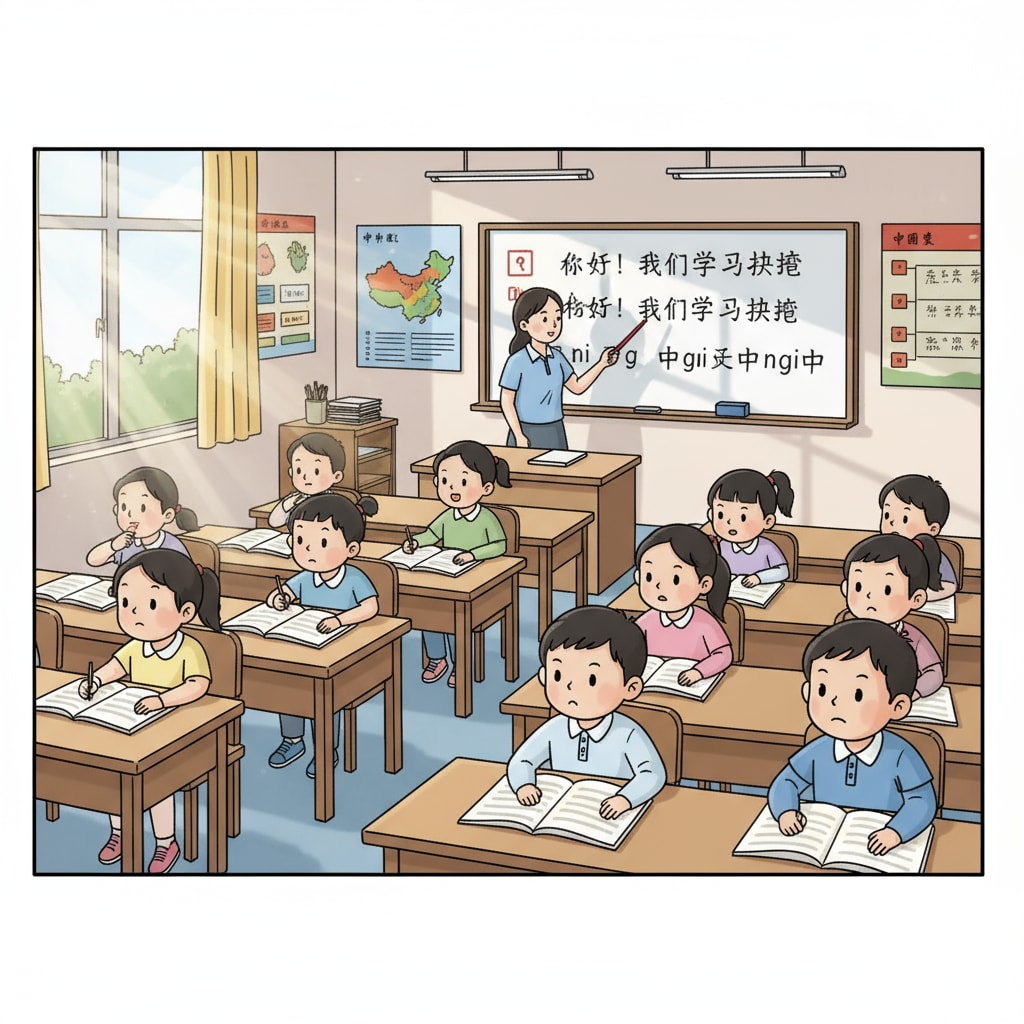The educational systems in the US and China, with their unique approaches to free thinking and the pressure they exert on students, have long been subjects of interest. As two global powers, their educational models play a crucial role in shaping the future of their respective societies. Let’s take a closer look at these two systems.

Educational Philosophies: Nurturing Free Thought in the US and Academic Rigor in China
In the United States, the educational philosophy often emphasizes free thinking. Schools encourage students to question, explore, and develop their own ideas. This approach aims to cultivate creativity and individuality. For example, students are frequently engaged in group discussions and projects where they can express their unique viewpoints. According to Wikipedia’s page on US education, this freedom of thought helps students become independent learners. On the other hand, Chinese education places a strong emphasis on academic rigor. The goal is to build a solid foundation in core subjects such as mathematics, science, and language. Students are expected to master a vast amount of knowledge through intensive study. This approach ensures that students have a comprehensive understanding of fundamental concepts.

Curriculum Design: Diverse Options in the US and Core Subject Emphasis in China
The curriculum in the US is known for its diversity. In addition to core subjects, students have the opportunity to choose from a wide range of elective courses, including art, music, and various sports. This allows students to pursue their interests and talents. As stated on Britannica’s page about US education, the diverse curriculum caters to different learning styles. In contrast, the Chinese curriculum focuses mainly on core academic subjects. The heavy workload in these areas helps students build a strong academic base. However, this also means that there is relatively less time for extracurricular exploration compared to the US system.
Another significant difference lies in the teaching methods. In the US, teachers often use interactive and student-centered approaches. They encourage students to discover knowledge on their own. In China, while the teaching methods are evolving, traditional teacher-centered instruction still plays an important role. Teachers transmit knowledge in a more systematic way, ensuring students master the required content. Overall, both systems have their own strengths and weaknesses in terms of fostering free thinking and handling the pressure on students.
Readability guidance: As seen above, we’ve used short paragraphs to clearly present the differences. The lists and comparisons help readers understand the key points easily. The transition words like ‘however’ and ‘on the other hand’ make the flow smooth. We’ve also maintained a balance in sentence lengths and kept the passive语态 to a minimum.


